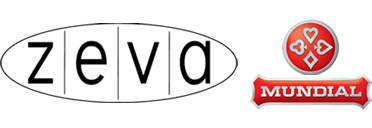The anatomy of a household sewing machine needle

The top part of a sewing machine needle – the part that is inserted into the sewing machine’s needle bar – is known as the shank. Household sewing machine needles by SCHMETZ have a flat shank, which makes sure that the needle is always in the right position and cannot be inserted incorrectly. The butt of a SCHMETZ needle is also bevelled, making the needle easier to insert into the needle bar.
The colour marking lets you know the type and size of the needle at a glance.
The long groove protects the thread, ensuring that it does not get damaged during transportation through the fabric
The scarf creates more space for the hook so that the loop is easier to catch to form the stitch.
The thread is inserted through the eye of the needle. Download our Needle ABC for an overview of our various eye variants.
The shape of the needle point and tip varies depending on the needle type. This makes sure the needle is always ideally suited to the material in question.
The NM number is the diameter of the needle blade multiplied by 100. A sewing machine needle with a blade diameter of 0.75 mm therefore corresponds to NM 75. The NM needle sizing standard is covered in DIN 5325, which was published in 1953 and contains a comparison of metric needle sizes and other sizing standards for sewing machine needles. At the time, around 40 different sizing standards were used. These were replaced by the metric sizing concept, which uses number metrics or NM for short.
The SIZE number was originally created by Singer and is still used in a number of English-speaking and Asian countries to this day.
A table comparing these needle sizes is available below.
